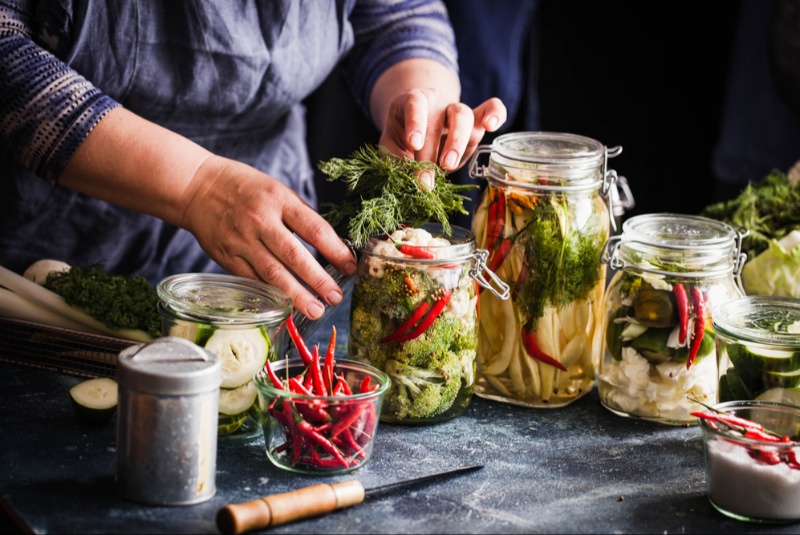Harvesting fruits and vegetables at their peak is one of life’s simple pleasures. Yet, it's often the case that we find ourselves with more produce than we can eat before it goes bad. Rather than letting these delicious morsels go to waste, why not learn to preserve them? Canning is a tried-and-true method of preserving fresh produce, locking in their flavors for months or even years to come. If you’re new to the world of canning, here's a beginner's guide to help you get started.
Understanding the Basics of Canning
Canning is a method of preserving food in which the food is placed in jars and heated to a temperature that destroys microorganisms and inactivates enzymes. This process also removes air from the jars, creating a seal that prevents microorganisms from re-entering.
There are two main methods of canning:
- Water Bath Canning: Suitable for high-acid foods such as fruits, jams, jellies, salsas, and tomatoes with added acid.
- Pressure Canning: Used for low-acid foods including most vegetables, meats, poultry, and seafood. Pressure canning reaches higher temperatures than water bath canning, ensuring the destruction of the bacteria that causes botulism, a rare but potentially deadly illness.
Materials Needed for Canning
- Canning Jars: These are specially designed glass jars with two-part lids: a flat lid with a rubber seal and a screw-top ring.
- Jar Lifter: A handy tool for safely lifting hot jars out of boiling water.
- Wide-mouth Funnel: Helps in filling jars without spilling.
- Bubble Remover: A non-metallic tool to remove air bubbles from the jars after filling them.
- Canner: A large pot for water bath canning or a specialized pressure canner for pressure canning.

Steps to Preserve Fresh Produce
- Preparation:
- Start by choosing fresh, ripe, and disease-free produce.
- Wash your hands, working area, and all tools and equipment.
- Sterilize canning jars by boiling them for 10 minutes. Leave the jars in the hot water until they are used to prevent them from breaking when filled. The lids should be washed with warm soapy water and set aside.
- Prepping the Produce:
- Wash the produce thoroughly to remove dirt and debris.
- Depending on the recipe, you may need to peel, chop, slice, or core the produce.
- Filling Jars:
- Pack the prepared produce into sterilized jars using a wide-mouth funnel. Depending on the type of produce and the recipe, it may be raw packed (uncooked produce placed directly in jars) or hot packed (produce is pre-cooked before placing in jars).
- Pour boiling brine, syrup, or juice over the produce, leaving recommended headspace (usually ¼ to ½ inch from the top).
- Remove air bubbles using a bubble remover or a non-metallic spatula.
- Wipe the rims of the jars with a clean cloth to ensure a good seal.
- Place a sterilized lid on the jar and screw on the metal band until fingertip tight.
- Processing:
- Place the jars in the canner using a jar lifter. For water bath canning, ensure the jars are fully submerged. For pressure canning, follow the manufacturer's instructions.
- Process the jars for the time specified in your recipe, adjusting for altitude if necessary.
- Once processed, turn off the heat and let jars sit for 5 minutes. Then, carefully remove the jars using a jar lifter and place them on a clean towel in a draft-free spot. Do not touch or move the jars for 12-24 hours.
- Storage:
- After 24 hours, check the seals by pressing the center of each lid. If it doesn’t pop back, it's sealed. If it pops back, refrigerate the jar and consume within a few days.
- Store sealed jars in a cool, dark place for up to a year. Remember to label and date each jar.
Canning is a wonderful way to capture the bounty of the seasons and enjoy it all year round. By following proper procedures and guidelines, you can ensure that your preserved produce remains both delicious and safe to eat. So, the next time you find yourself with an abundance of fresh produce, consider giving canning a try. It’s not just a method of preservation; it's a labor of love that yields tasty rewards.




